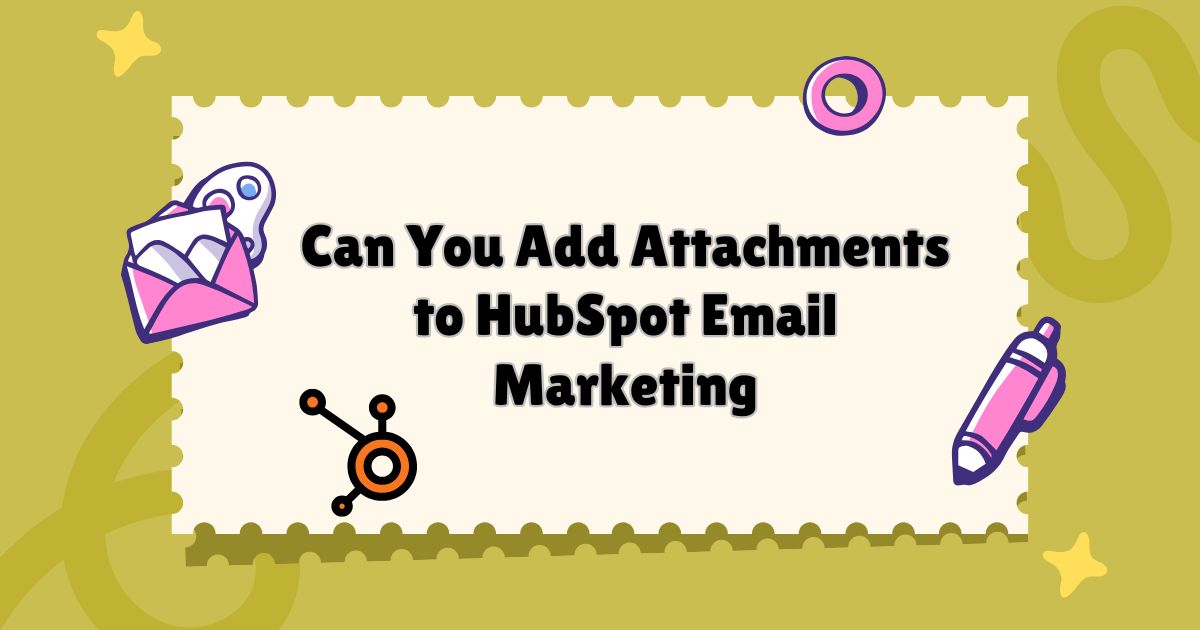
HubSpot’s email marketing platform offers powerful tools for creating and sending campaigns, but one common question marketers face is whether they can attach files directly to their marketing emails. The short answer is no—HubSpot doesn’t allow direct file attachments in marketing emails, and there are good reasons for this limitation.
Understanding why this restriction exists and learning alternative methods to share content will help you create more effective email marketing campaigns that reach your audience’s inbox rather than their spam folder.
Why HubSpot Doesn’t Allow Email Attachments

HubSpot’s decision to restrict file attachments in marketing emails stems from several technical and strategic considerations that ultimately benefit your campaign performance.
Deliverability Concerns
Email attachments significantly increase the likelihood that your messages will be flagged as spam. Internet service providers and email clients use sophisticated filtering systems that view attachments—especially from bulk senders—as potential security threats. Files can contain malware, viruses, or other harmful code, making email providers naturally suspicious of messages containing attachments.
File Size Limitations
Most email providers impose strict file size limits, typically ranging from 10MB to 25MB per message. Large attachments can cause emails to bounce back or fail to deliver entirely. Even smaller files can slow down email loading times, particularly for recipients with slower internet connections or mobile devices.
Mobile Optimization
With over 40% of emails opened on mobile devices, attachments create additional friction for mobile users. Downloaded files may not display properly on smartphones or tablets, and mobile data usage becomes a concern for recipients when downloading large files.
Alternative Methods for Sharing Content
While you can’t attach files directly to HubSpot marketing emails, several effective alternatives can help you share content with your subscribers.
Link to Cloud Storage
The most straightforward solution involves uploading your files to cloud storage platforms and including links in your emails. Popular options include:
Google Drive: Upload your file, adjust sharing permissions to “Anyone with the link can view,” and copy the shareable link into your email content.
Dropbox: Similar to Google Drive, Dropbox allows you to create shareable links for any uploaded file.
OneDrive: Microsoft’s cloud storage solution offers the same functionality with seamless integration for Office documents.
This method provides several advantages: files don’t affect email deliverability, recipients can choose whether to download content, and you can track engagement through link clicks.
HubSpot File Manager Integration
HubSpot’s built-in file manager offers a native solution for hosting and sharing content. Upload files directly to your HubSpot portal, then use the generated links in your marketing emails.
To use this feature, navigate to Marketing > Files and Folders, upload your content, and copy the public URL. This approach keeps everything within your HubSpot ecosystem while providing detailed analytics on file engagement.
Landing Page Strategy
Create dedicated landing pages to house your content instead of relying on direct file sharing. This strategy offers multiple benefits for your email marketing efforts.
Landing pages allow you to capture additional lead information before providing access to your content. You can also include related content recommendations, social sharing buttons, and calls-to-action that drive further engagement with your brand.
HubSpot’s landing page builder makes it easy to create professional pages that showcase your content while maintaining consistent branding across your marketing materials.
Best Practices for Content Sharing
Implementing these alternative approaches requires strategic thinking about how you present and deliver content to your email subscribers.
Clear Call-to-Action Language
When linking to external content, use specific, action-oriented language that clearly explains what recipients will find when they click. Instead of generic phrases like “click here,” use descriptive text such as “Download the 2024 Marketing Trends Report” or “Access Your Free Template.”
Content Preview Strategy
Give subscribers a preview of what they’ll receive before asking them to click through to external links. Include brief descriptions, key takeaways, or even thumbnail images that showcase the content value.
Mobile-First Considerations
Ensure that any linked content displays properly on mobile devices. Test your cloud storage links and landing pages across different screen sizes to guarantee a seamless user experience.
Analytics and Tracking
Take advantage of HubSpot’s tracking capabilities by using trackable links for all external content. This data helps you understand which content resonates with your audience and informs future email marketing strategies.
Advanced Content Distribution Techniques
Sophisticated email marketers can implement more advanced strategies for content sharing that go beyond simple file links.
Segmented Content Delivery
Use HubSpot’s list segmentation features to deliver different content to different subscriber groups. Create personalized download links based on subscriber interests, behavior, or demographic information.
Progressive Profiling Integration
Combine content sharing with progressive profiling by directing subscribers to forms that capture additional information before providing content access. This gradual approach to data collection helps you build more complete subscriber profiles over time.
Email Series Strategy
Instead of attempting to share large amounts of content in a single email, create a series of messages that deliver content in digestible portions. This approach can improve engagement rates while building anticipation for upcoming content.
Measuring Content Sharing Success
Tracking the performance of your content-sharing efforts requires attention to specific metrics that indicate subscriber engagement and interest.
Click-Through Rates
Monitor click-through rates on content links to understand which types of content generate the most interest. Compare performance across different content formats, topics, and presentation methods.
Download Conversion Rates
If you’re using landing pages or forms to gate content access, track how many email recipients complete the download process. Low conversion rates might indicate friction in your content delivery process.
Engagement Quality Metrics
Look beyond basic click metrics to understand the quality of engagement with your shared content. Time spent on landing pages, social shares, and follow-up email opens can provide insights into content value and relevance.
Maximizing Your Email Marketing Impact
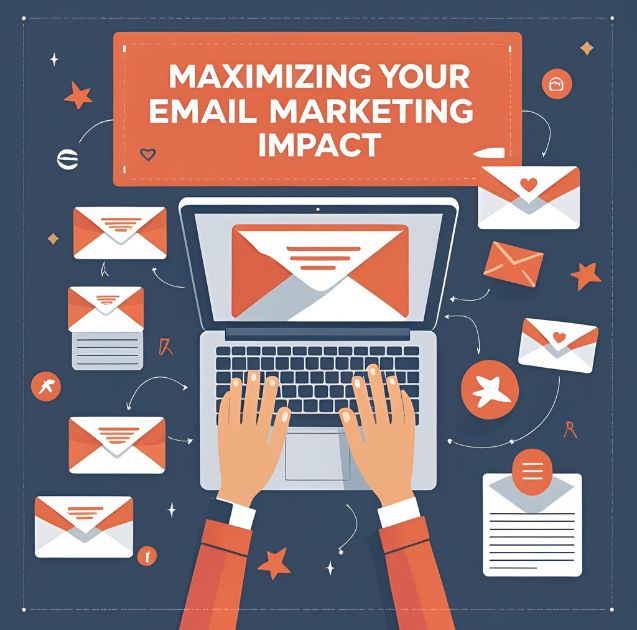
While HubSpot’s attachment restrictions might initially seem limiting, these constraints actually encourage better email marketing practices that improve deliverability and engagement rates.
Focus on creating compelling email content that drives recipients to take meaningful actions rather than simply consuming attached files. Use your emails to build relationships, provide value, and guide subscribers through well-designed content experiences that support your broader marketing goals.
Remember that successful email marketing is about building trust and providing value consistently over time. By implementing these alternative content-sharing strategies, you’ll create more engaging campaigns while maintaining the technical advantages that keep your emails out of spam folders and in front of your audience.


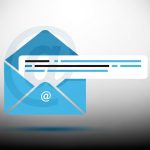

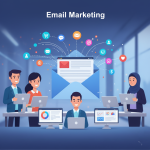

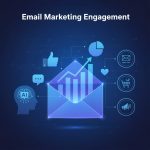
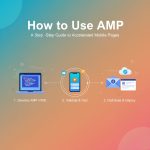




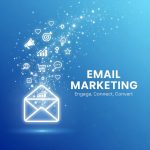

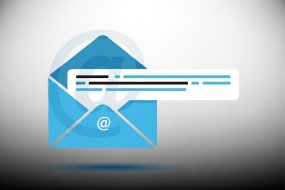
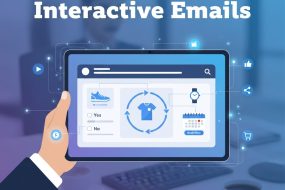


No Comments